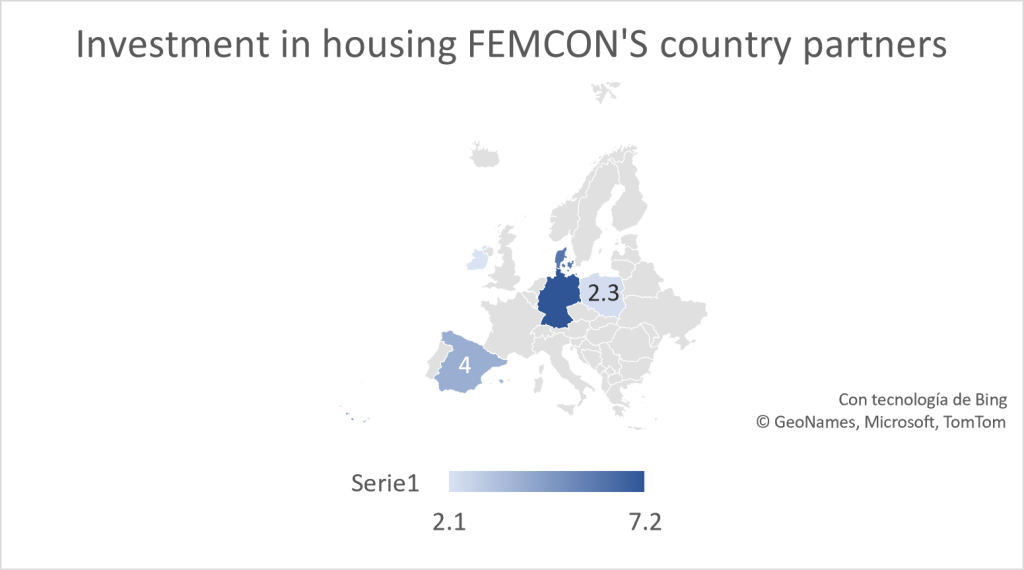
The EU construction industry, facing a chronic labour shortage, is at a critical juncture. Currently, the demand for labour outstrips supply, with women making up only 9% of the construction industry's workforce in Europe. This statistic underlines a missed opportunity to tap into a significant talent pool. With the looming issue of a declining population and an aging workforce, the EU construction sector needs to employ more women if it wants to build a sustainable future.
The construction sector, grappling with the aftereffects of global upheavals such as the war in Ukraine and the Covid-19 pandemic, has experienced considerable pressure, evident in soaring material costs and rising energy prices. The industry's growth came to a halt in 2022, with a mere 3% growth in line with Euroconstruct's forecasts. Predictions for 2024 further reinforce the picture of stagnation, despite the sector's substantial contribution of 5.5% to the EU's GDP.
Data from Eurostat reveals that in 2021, 5.6% of EU's GDP was invested in the housing sector. However, these investments were distributed unevenly across member countries. Germany and Cyprus led with 7.2% and 7.6% of their GDP invested in housing, respectively, while Greece and Ireland lagged with just 1.3% and 2.1%, respectively.

Figure 1: Investment in housing in Germany, Denmark, Spain, Poland, and Ireland. Adapted from Investment in housing (in % of GDP) (2021) Source: Eurostat
Women have been a part of the construction industry since the Middle Ages, contributing to monumental projects like the Toledo Cathedral in Spain during the 15th century. Moreover, the industrial revolution and World War II brought more women into construction, often filling the void left by male labour. However, despite this rich history, the current representation of women in the EU construction sector remains low compared to sectors like domestic activities or the health and social sector, where female representation is at 88% and 78% respectively.

Figure 2: Share of women by economic activity. Employment by sex, age, and economic activity (from 2008 onwards, NACE Rev.2) – 100, (2023). Source: Eurostat.
Encouraging more women into the industry requires more than just equality - it demands equity. This means understanding and addressing the unique needs and challenges women face. From providing appropriate facilities for menstruation and compassionate policies for maternity and miscarriage leaves, to promoting flexible work conditions and visibility of women in leadership roles, the construction industry must strive to create an enabling environment.
Pension plans that account for maternity leaves, diverse contract types that accommodate school drop-offs and pickups, mentorship schemes, and opportunities for upskilling are other essential measures that can be taken to support women in the sector.

Figure 3: Source: https://interactioninstitute.org/illustrating-equality-vs-equity/
Creating better working conditions not only benefits female employees but also boosts the overall productivity and sustainability of the industry. By fully embracing gender equity, the EU construction sector can effectively address its labour shortage and build a strong foundation for the future.